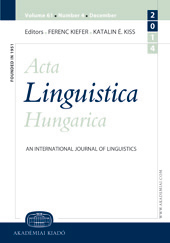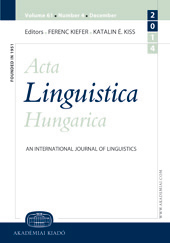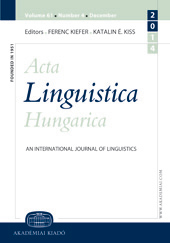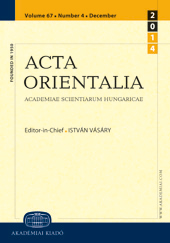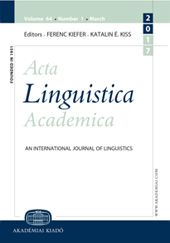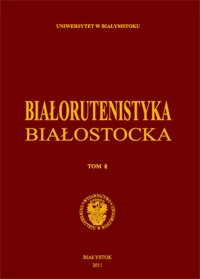HOW MUCH DO PHONETIC REALISATIONS OF SERBIAN ACCENTS ACTUALLY DIFFER FROM EACH OTHER IN VARIOUS DIALECTS?
In this paper, we wish to examine accent realisations in the regional dialects of the East-Herzegovinian dialect (E-H) and in the Srem regional dialects of the Vojvodina subdialect, which are dialectally and geographically closest to the E-H dialect but distinctly differ from it by specific accent realisation. We wanted to see whether falling and rising quality in accents of the analysed regional dialects required the same phonetic features as in other Neo-Štokavian regional dialects or if the inventory of these features was altered here. Also, we wished to determine whether realisations of the same accent in these regional dialects were the same or different, that is, whether phonetic features constituted one accent in two different dialects in an identical manner. The two short accents are most consistently distinguished by pitch relation between the accented vowel and the following one. The two dialects show more prominent differences in realisations of words with short rising accent. Although the analysed parameters of pitch and intensity mainly significantly differ from each other in the given regional dialects, those differences are not always perceptible.
More...
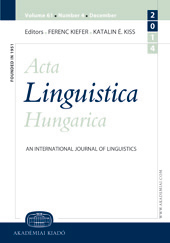
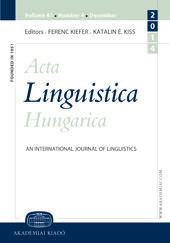
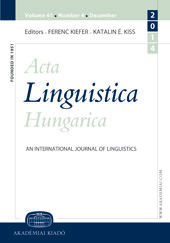
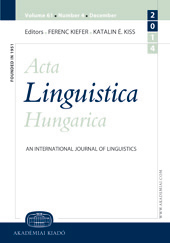
![A phonetically-based approach to the phonology of [v] in Hungarian</o:p>](/api/image/getissuecoverimage?id=picture_2006_38453.jpg)
